AWS re:Inforce 2024 re:Cap
AWS re:Inforce, annual security-oriented event finished last week, and in this article, Wojtek recaps the most important themes and takeaways from there.
So what exactly is AWS re:Inforce 2024?
The Most Important Announcements
Provably secure authorization (SEC201-INT)
Access management: Customer use of Cedar policy & Verified Permissions (IAM201)
Strengthen open source software supply chain security: Log4Shell to xz (APS303)

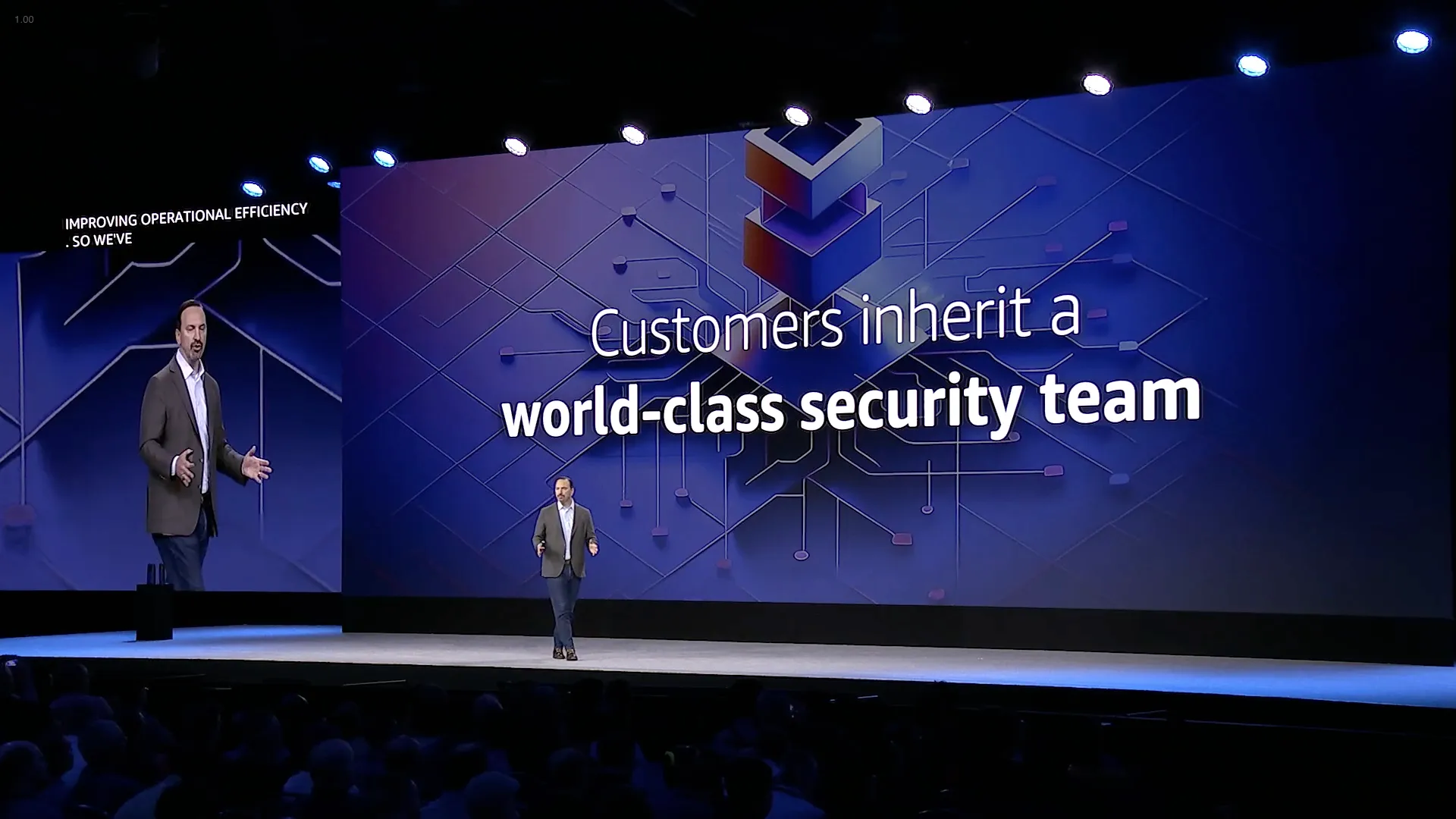

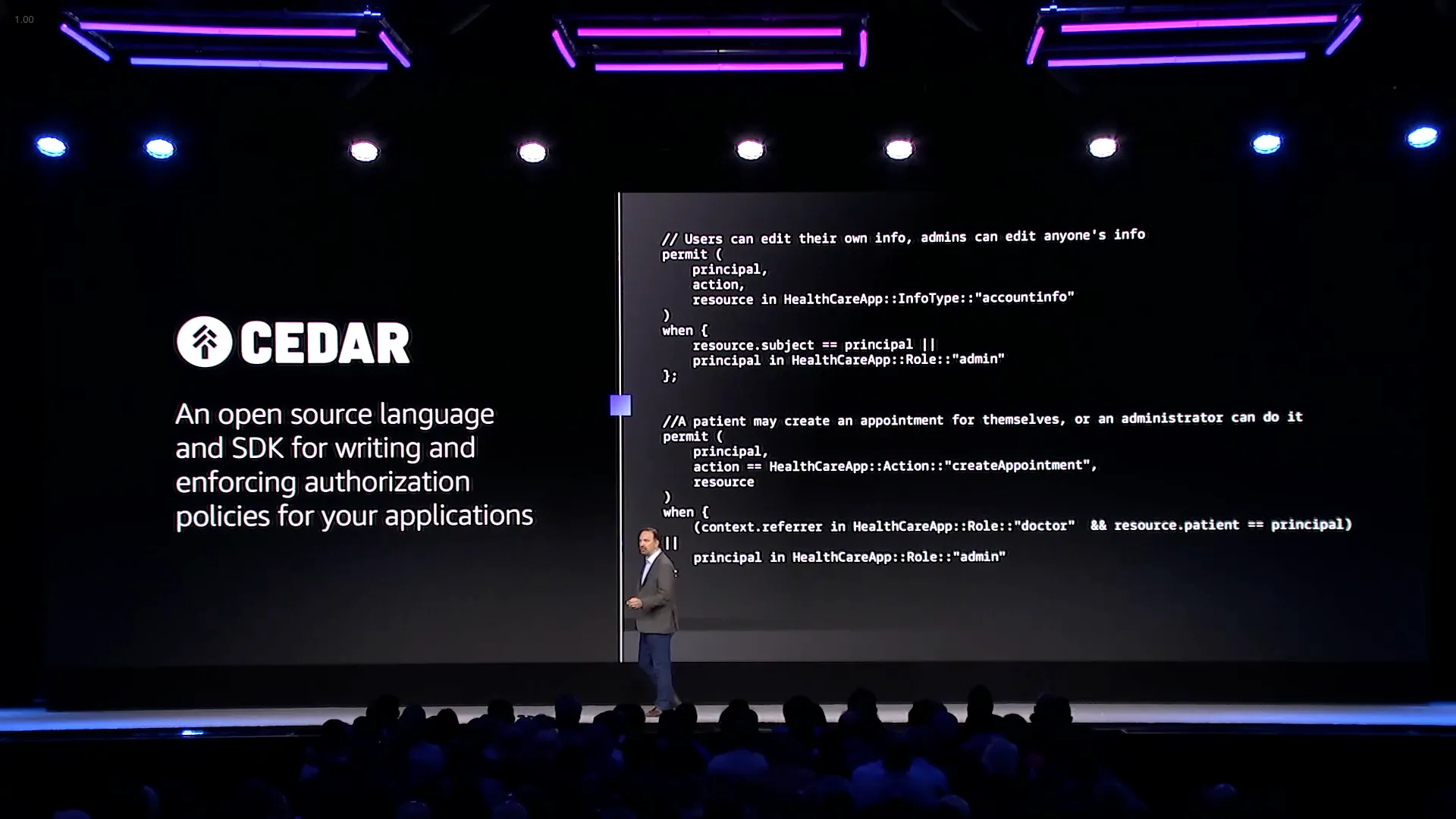

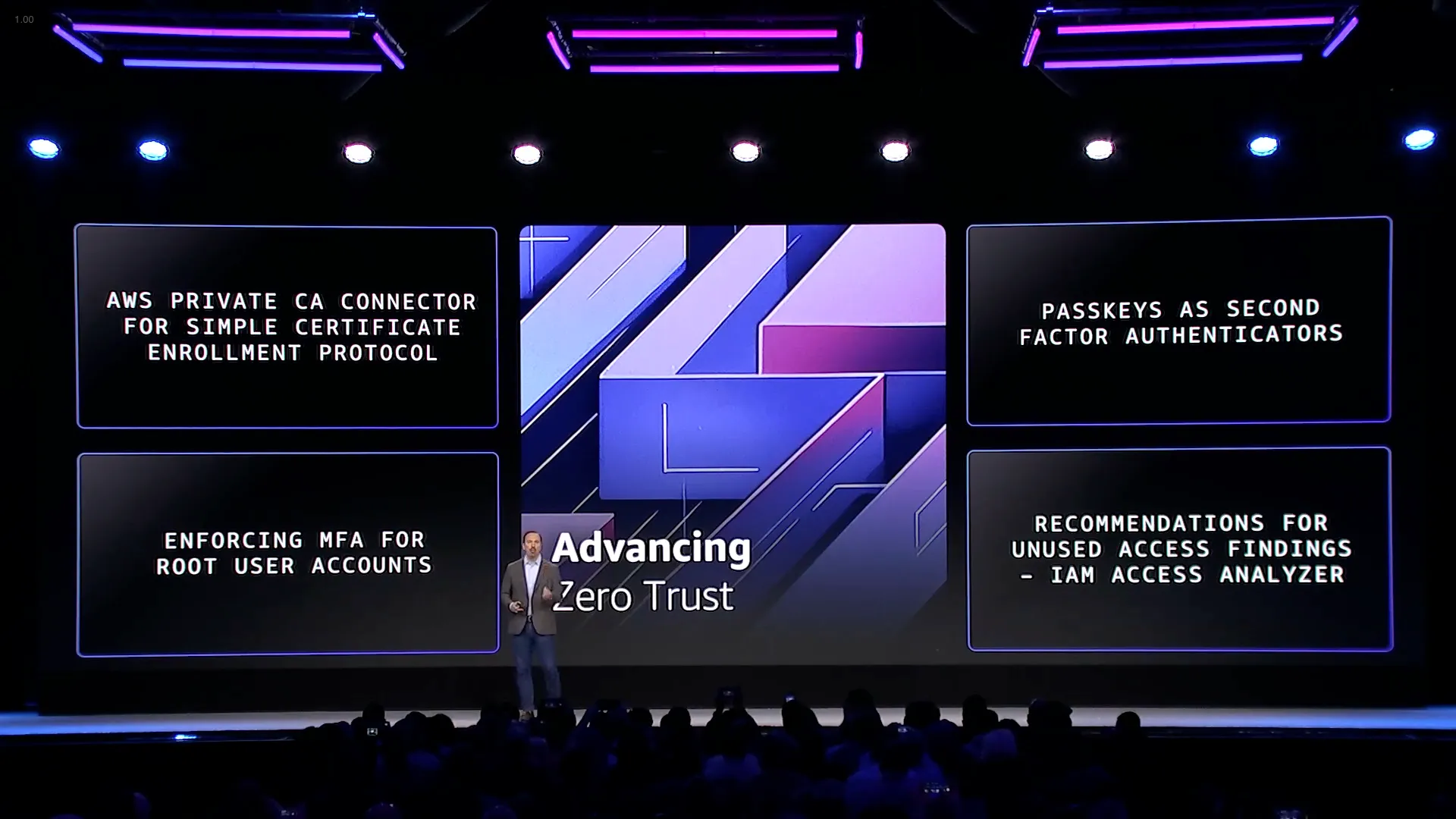
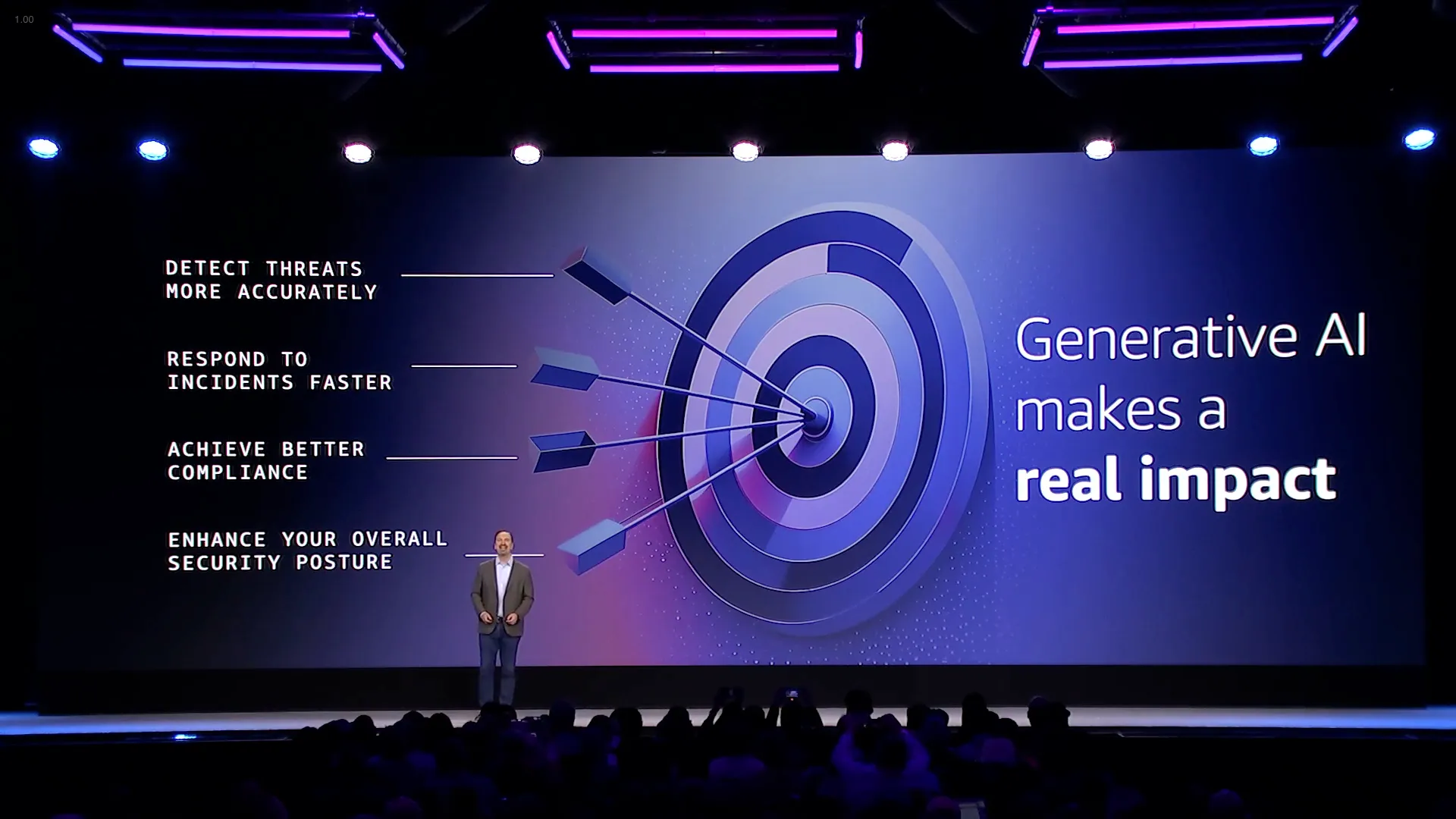
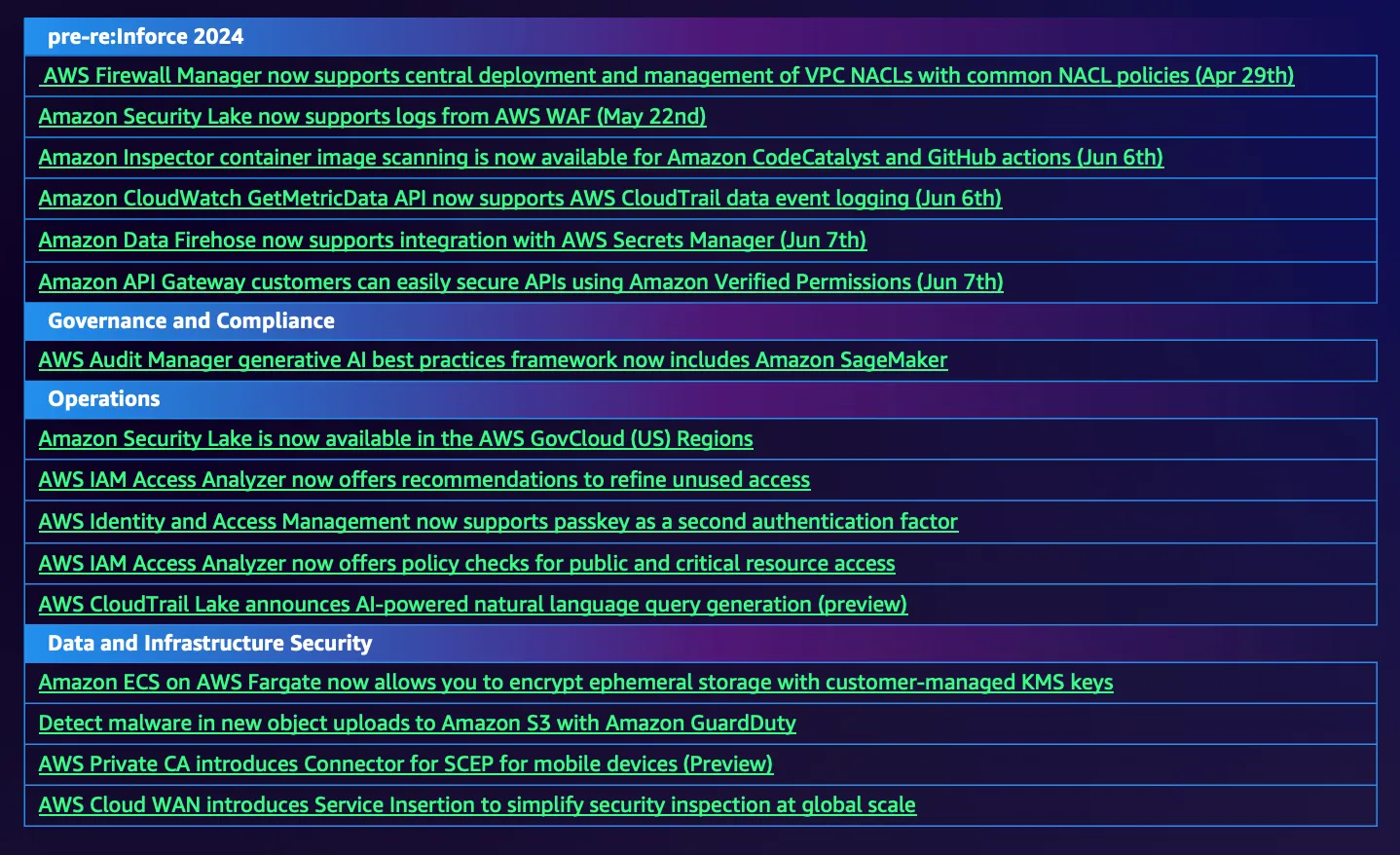
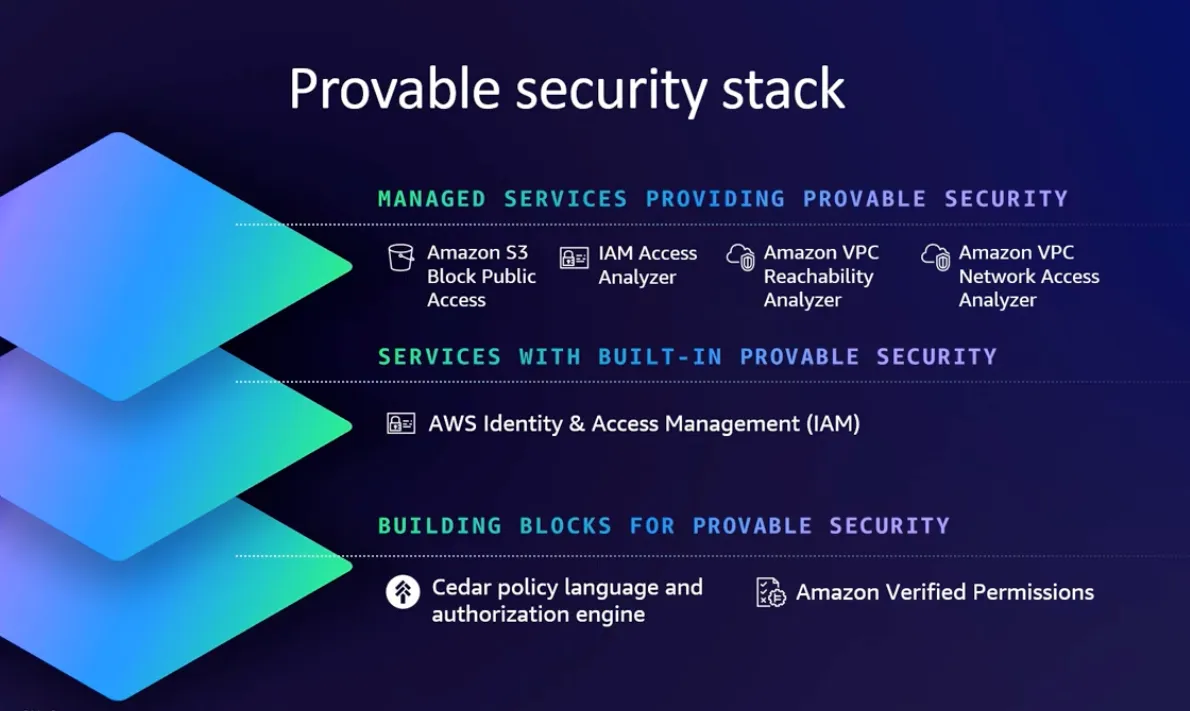
Any opinions in this post are those of the individual author and may not reflect the opinions of AWS.
